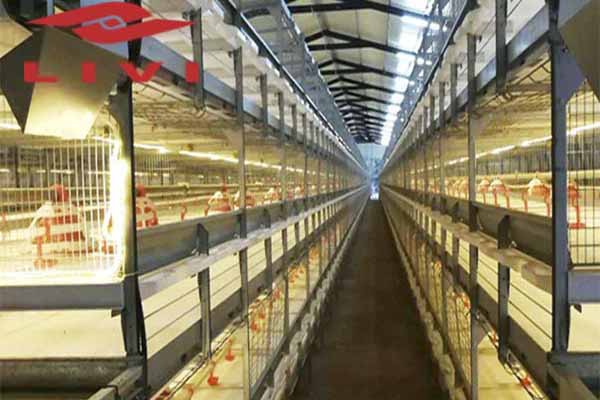Cage Setup Plan for Startup Farmers: A Comprehensive Guide
1. Introduction to Chicken Farming
Chicken farming is a profitable venture for startup farmers. However, setting up a successful chicken farm requires careful planning. This article provides a comprehensive guide to the cage setup plan for startup farmers.
2. Understanding the Basics
Before diving into the cage setup, it is essential to understand the basics of chicken farming. Here are some key points to consider:
– Market Research: Conduct thorough market research to determine the demand for chicken meat and eggs in your area.
– Breeds: Choose the appropriate chicken breeds based on your market demand and climate.
– Ventilation: Adequate ventilation is crucial to maintain a healthy environment for the chickens.
3. Planning the Cage Setup
A well-planned cage setup is essential for the success of your chicken farm. Here are the key elements to consider:
– Cage Dimensions: The ideal cage size for chickens is typically 0.4m x 0.6m. Ensure there is enough space for the chickens to move around comfortably.
– Number of Cages: The number of cages depends on the size of your farm and the number of chickens you plan to raise. A general rule is to have one cage for every 10 chickens.
– Flooring: Use a non-slip, anti-bacterial flooring material to prevent injuries to the chickens and to make cleaning easier.
4. Essential Equipment
To set up a successful chicken farm, you will need the following equipment:
– Cages: Choose high-quality, durable cages made from materials like metal or plastic.
– Feeding Systems: Automated feeding systems can help reduce labor costs and ensure that the chickens receive adequate nutrition.
– Watering Systems: Automated watering systems provide clean, fresh water to the chickens at all times.
5. Health and Safety
Maintaining the health and safety of your chickens is crucial. Here are some tips:
– Regular Cleaning: Clean the cages regularly to prevent disease and maintain a healthy environment.
– Vaccination: Implement a vaccination program to protect your chickens from common diseases.
– Monitoring: Regularly monitor the chickens for signs of illness and take appropriate action.
6. Financial Planning
Before setting up your chicken farm, it is essential to create a detailed financial plan. Consider the following:
– Initial Investment: The cost of cages, equipment, and other infrastructure.
– Operating Costs: Costs for feed, water, labor, and other operational expenses.
– Revenue: Calculate the expected revenue from selling chicken meat and eggs.
7. Conclusion
Setting up a successful chicken farm requires careful planning and consideration of various factors. By following this comprehensive guide, startup farmers can ensure a successful venture. For further assistance, please feel free to leave a comment or contact us to get a free cage setup plan and equipment quote from Livi Machinery.


